Ming dynasty (1368-1644).
The relatively heavy miniature sculpture well cast in recumbent position with a puppy underneath, its head positioned upwards as if sniffing or licking. The curved spine ending in a swirling tail interlocking with the puppies tail, creating a sense of maternal connection and on a higher level most likely conveying the symbol taiji.
Taiji is a simplified form of taijitu, a structured schematic diagram as a representation of Chinese cosmology. This simplified form was designed in the Ming dynasty by Lai Zhide (1525-1604) and laid the foundation for the Yin and Yang symbol.
Sculptures like this example were used to weigh down papers in the scholar’s studio.
Condition:
Very good with some small traces of gilding and a nice dark patina.
Length 7.2 cm.
Ref:
A similar scroll weight was auctioned at Sotheby’s London, Important Chinese Art sale, 10 May 2017, lot no. 264, hammer price GBP 5250.
Lit:
Robert Mowry discusses such Ming dynasty paperweights in ‘China’s Renaissance in Bronze - The Robert H. Clague Collection of Later Chinese bronzes 1100-1900’, p. 200-02,
Worldwide registered and insured shipping.
Take a look at our other listings for more Asian art, antiques, design, etc.
Code: A00526


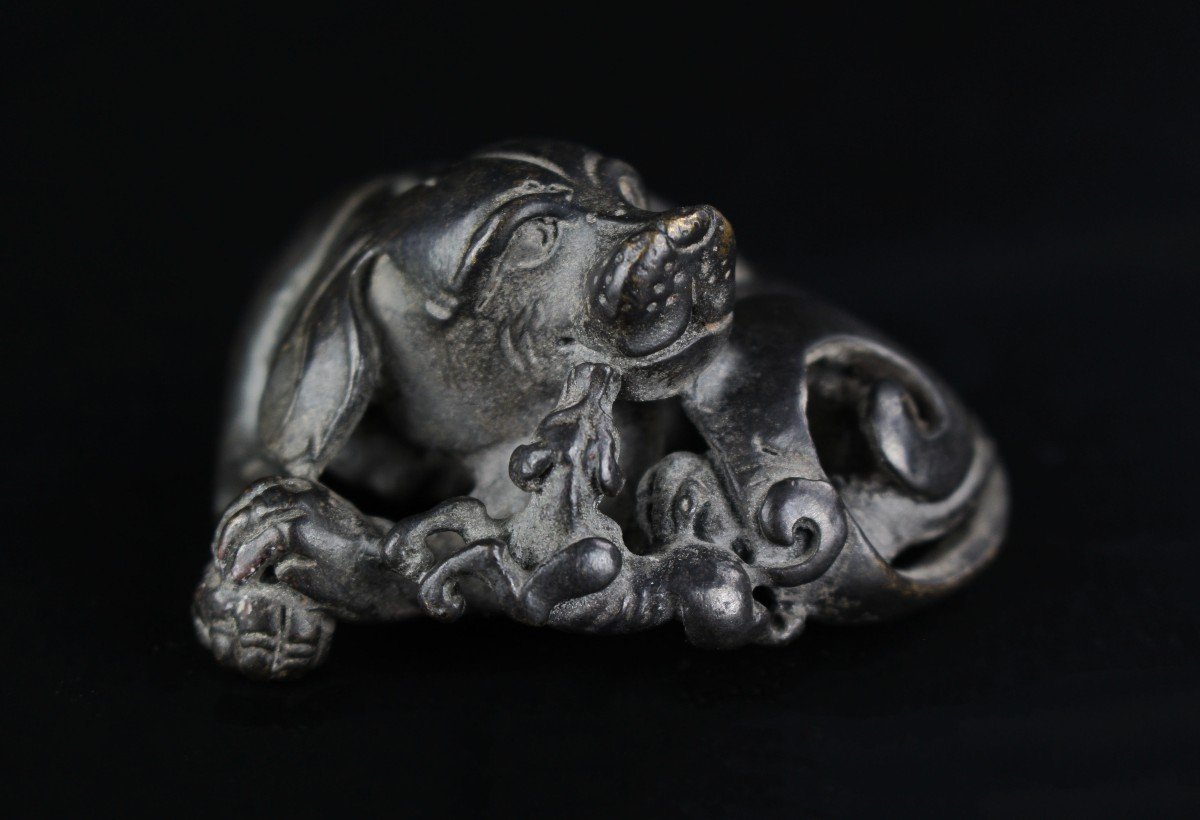
























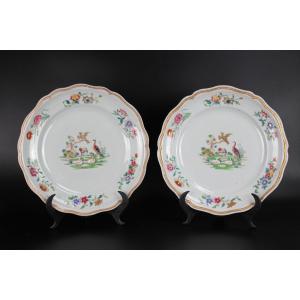





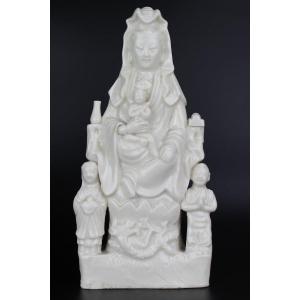
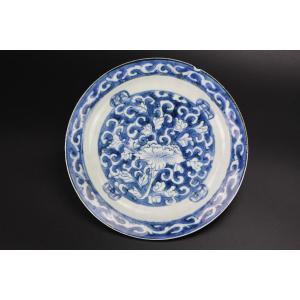







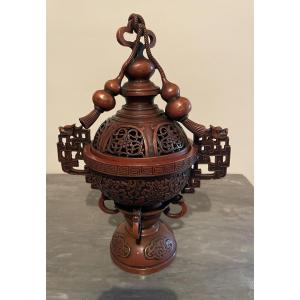

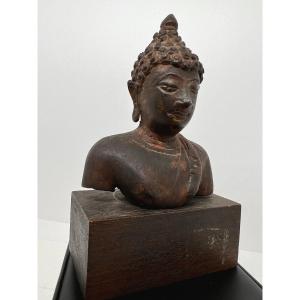



 Le Magazine de PROANTIC
Le Magazine de PROANTIC TRÉSORS Magazine
TRÉSORS Magazine Rivista Artiquariato
Rivista Artiquariato